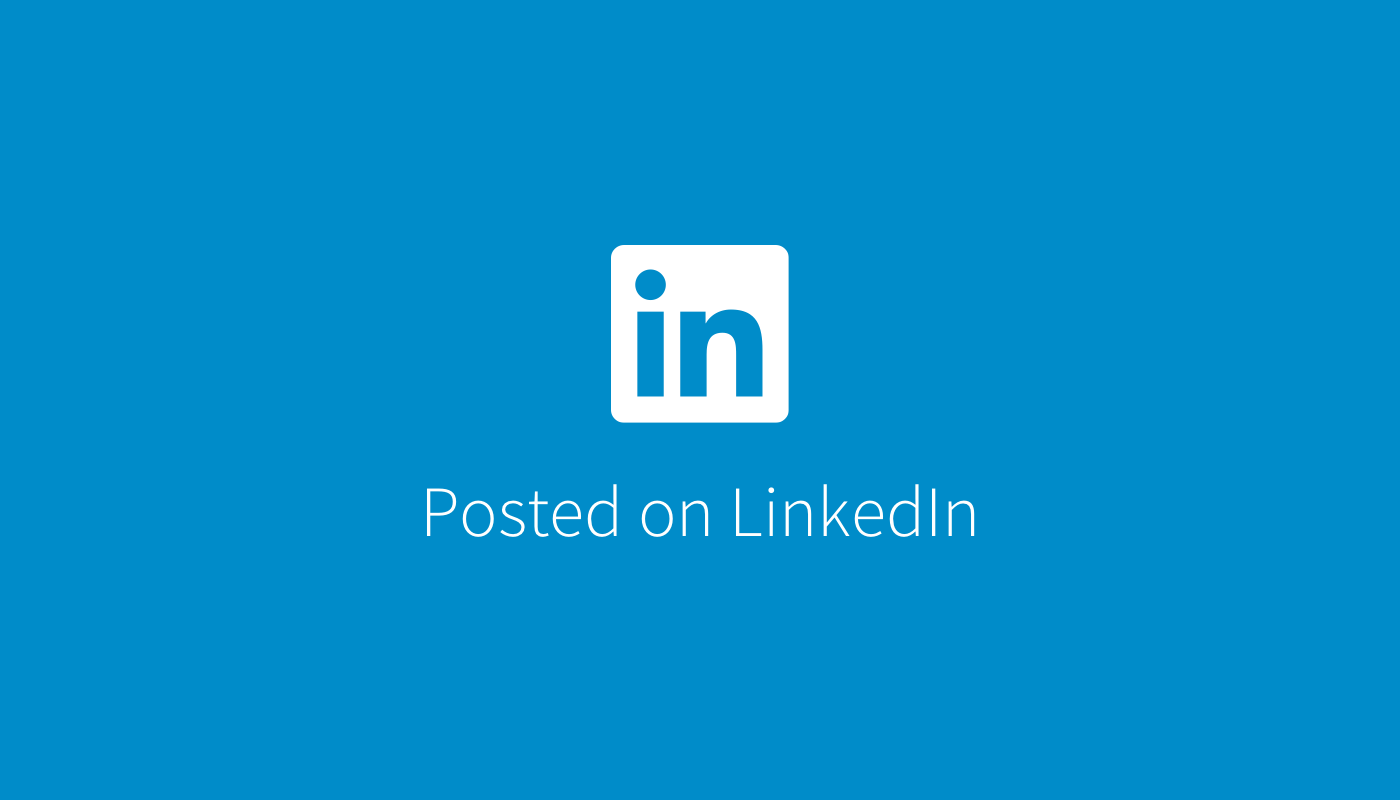- growth tactics
- Posts
- building plg gtm from the ground up
building plg gtm from the ground up
top voices and case studies
PLG as a growth framework
There is no tech lingo more popular or annoying as “product-led growth”. Coined by Blake Bartlett from OpenView, who provides a nice overview of the model framework here, but the quick version is that product usage drives customer acquisition, retention, and expansion. Companies like Calendly, Figma, and Slack engaged in PLG strategies to realize incredible growth.

image credit: OpenView Partuners
If you’re able to leverage product-led growth to build your revenue base, you absolutely should. But there are certain characteristics of what you’re building that will determine if PLG is the right growth framework for you.
Determining how “PLG-able” your product is
Here are some questions you’ll need to be able to answer:
Can a single user activate and derive value?
If anyone can start using your product (ie web app, browser extension) without explicit support from their company, that’s a positive signal.
If your product requires installation, self-hosting, guided implementation, or team buy-in (ie a single user can’t derive value alone), top-down sales will likely be more efficient.
Do you have a free tier?
This is the single most critical factor in succeeding with PLG and one that you can easily influence. I believe giving away your core product for free is the easiest way to cultivate “champions”, even if it takes longer to monetize.
If you pursue product-led growth, you want to make it as easy as possible for as many people to use the product as much as possible. If you gate free customers on usage, you are intentionally limiting the amount of feedback you can receive, as well as the potential vitality of your product. Even today, Slack is completely free until you want to access more advanced features.
Is your roadmap designed for a business or for a user?
This is a tricky one and if the answers to the previous questions were no, PLG is probably not an intrinsic part of your product and you should focus your efforts on top-down sales.
If you answered yes above, then already your roadmap is probably designed for the end user experience (rather than the business buyer), which is a good thing. While you give away the core product for free and acquire as many users organically as possible, you can spend engineering time on features that will allow you to create natural upsell opportunities.
Building Native PLG
At its core, PLG means that a single person can discover, activate, and derive value from your product. Here’s a few thoughts on implementing PLG tactics to maximize effectiveness:
Feedback is better than revenue (for now)
Determine your “core product” - the thing your product does better than anyone else and that people rave about.
Give it away for free, forever. This will help you acquire users and cultivate “champions”.
Talk to anyone willing to give you some time. Ask questions, take copious notes, and compare feedback. Hone in on what your users love, what they wish was different, and build that.
Product analytics is as important as the product
You need to know exactly what people are doing with your product and be able to quantify the important events, features, actions, or whatever you want to call it.
You can look to established companies like Segment, Amplitude, or FullStory or startups like Pendo or June.so.
It’s ok to hack your monetization








